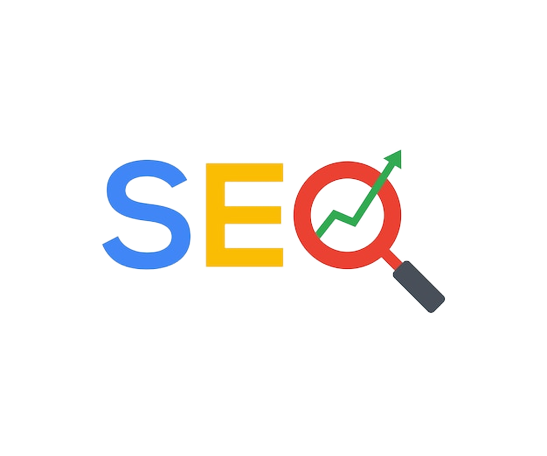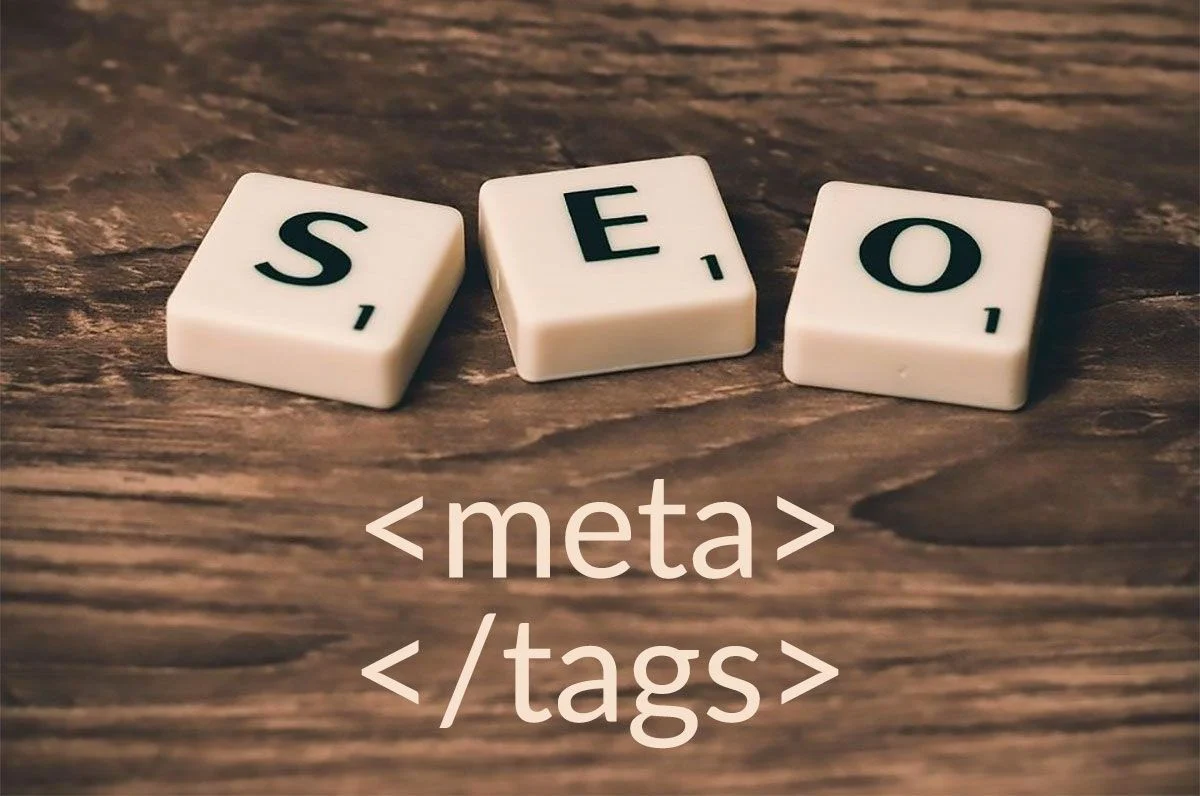In the ever-evolving landscape of search engine optimization (SEO), mastering the art of meta tags is a crucial step toward improving your website’s visibility on search engine results pages (SERPs).
Meta tags are a fundamental aspect of on-page SEO, and understanding how to use them effectively can make a significant difference in your website’s ranking and click-through rates.
In this article, we’ll delve into the world of meta tags, explaining what they are, how they work, and best practices for optimizing them to enhance your website’s SEO.
What Are Meta Tags?
Meta tags are snippets of HTML code that provide information about a web page’s content to search engines and website visitors.
They don’t appear on the actual webpage but exist within the page’s source code. Meta tags serve various purposes, but their primary function is to offer concise descriptions of a page’s content, making it easier for search engines to understand the page’s context and relevance to user queries.
Types of Meta Tags
- Title Tag (Meta Title): The title tag is arguably the most critical meta tag. It appears as the clickable headline in SERPs and should be a concise, accurate representation of your page’s content. Ideally, it should contain relevant keywords and provide a compelling reason for users to click on your link.
- Meta Description Tag: The meta description tag is a brief summary of the page’s content. It appears beneath the title tag in search results. It should be informative, enticing, and encourage users to visit your website.
- Meta Keywords Tag: In the past, this tag was used to list relevant keywords for the page. However, search engines like Google no longer consider it in their ranking algorithms. You can skip this tag in modern SEO.
- Meta Robots Tag: This tag instructs search engines on how to crawl and index your page. Common directives include “index” (allow indexing) and “nofollow” (do not follow links on the page).
Best Practices for Optimizing Meta Tags
- Relevance: Ensure that your meta tags accurately reflect your page’s content. Use relevant keywords naturally without keyword stuffing.
- Unique Content: Each page on your website should have unique meta tags. Avoid duplicate titles and descriptions, as they can confuse search engines.
- Title Length: Keep your title tag under 60 characters to ensure it displays correctly in SERPs.
- Meta Description Length: Aim for a meta description between 150-160 characters to provide enough information while avoiding truncation in search results.
- Avoid Duplicate Content: Duplicate content issues can harm your SEO efforts. Make sure each page has distinct content and meta tags.
- Regular Updates: Continuously monitor and update your meta tags to stay relevant and aligned with your content.
- Mobile Optimization: Ensure that your meta tags are mobile-friendly, as a significant portion of searches occurs on mobile devices.
Conclusion:
Meta tags are a vital component of SEO that can significantly impact your website’s performance in search results.
By understanding their types and best practices for optimization, you can improve your website’s visibility and attract more organic traffic.
Keep in mind that SEO is an ongoing process, and staying up-to-date with the latest industry trends is key to achieving long-term success in the digital landscape.




